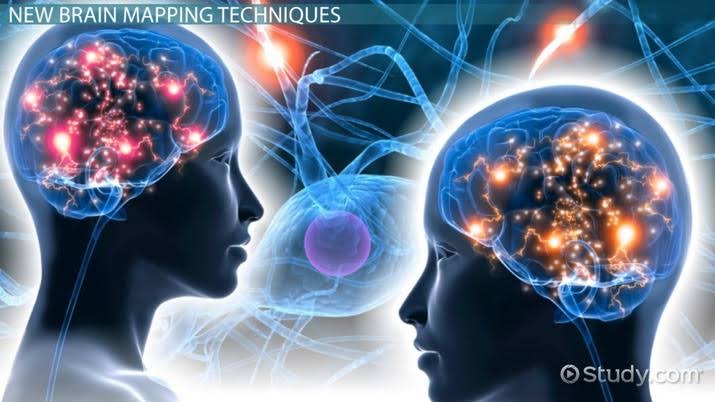Brain mapping is a set of neuroscience techniques predicated on the mapping of (biological) quantities or properties onto spatial representations of the (human or non-human) brain resulting in maps.
Brain mapping is a broad term that encompasses a variety of techniques that are used to study the brain. Some of the most common brain mapping techniques include:
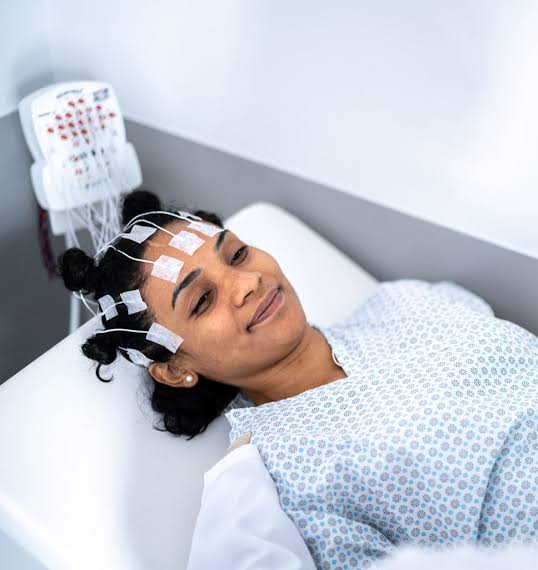
- Electroencephalography (EEG): EEG is a non-invasive technique that measures the electrical activity of the brain. EEG can be used to study brain waves, which are patterns of electrical activity that are associated with different cognitive functions.
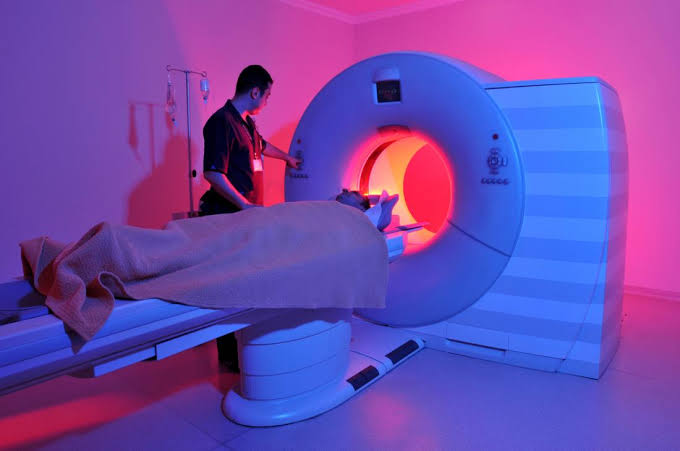
- Magnetic resonance imaging (MRI): MRI is a non-invasive technique that uses a strong magnetic field and radio waves to create detailed images of the brain. MRI can be used to study the structure of the brain, as well as the function of different brain regions.
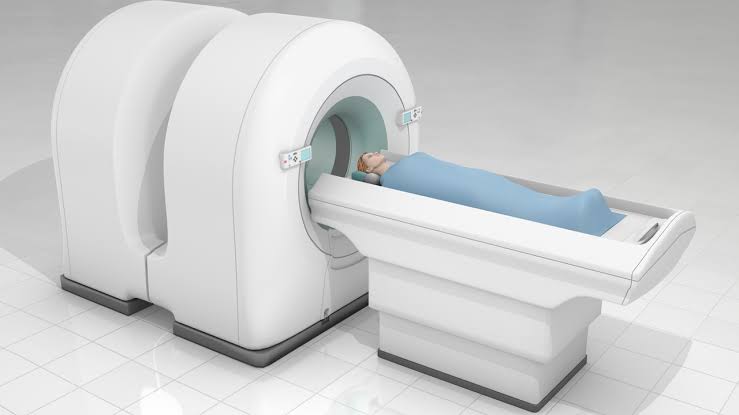
- Positron emission tomography (PET): PET is a non-invasive technique that uses a radioactive tracer to create images of the brain. PET can be used to study brain activity, as well as the metabolism of different brain regions.
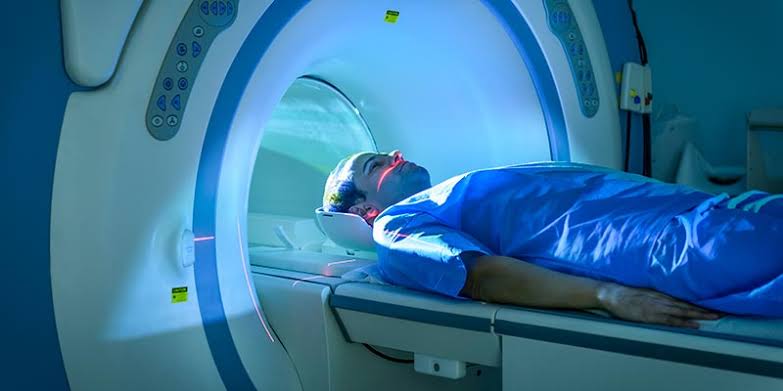
- Functional magnetic resonance imaging (fMRI): fMRI is a non-invasive technique that uses a strong magnetic field and radio waves to create images of the brain. fMRI can be used to study brain activity, as well as the blood flow to different brain regions.
Brain mapping is a valuable tool for researchers who are studying the brain. Brain mapping can be used to study the structure and function of the brain, as well as the relationship between the brain and behavior. Brain mapping can also be used to diagnose and treat brain disorders.
Here are some of the benefits of brain mapping:
- It can help us to understand how the brain works. Brain mapping can help us to identify the different parts of the brain and their functions. This information can be used to develop new treatments for brain disorders.
- It can help us to diagnose brain disorders. Brain mapping can be used to identify changes in the brain that are associated with different disorders. This information can be used to diagnose disorders early and to develop treatment plans.
- It can help us to monitor the progress of brain disorders. Brain mapping can be used to track changes in the brain over time. This information can be used to assess the effectiveness of treatments and to make adjustments as needed.
- It can help us to improve the quality of life for people with brain disorders. Brain mapping can be used to identify areas of the brain that are affected by a disorder. This information can be used to develop treatments that target these areas. Brain mapping can also be used to develop rehabilitation programs that help people with brain disorders to regain lost functions.
Brain mapping is a promising new technology that has the potential to revolutionize our understanding of the brain and to improve the lives of people with brain disorders.

